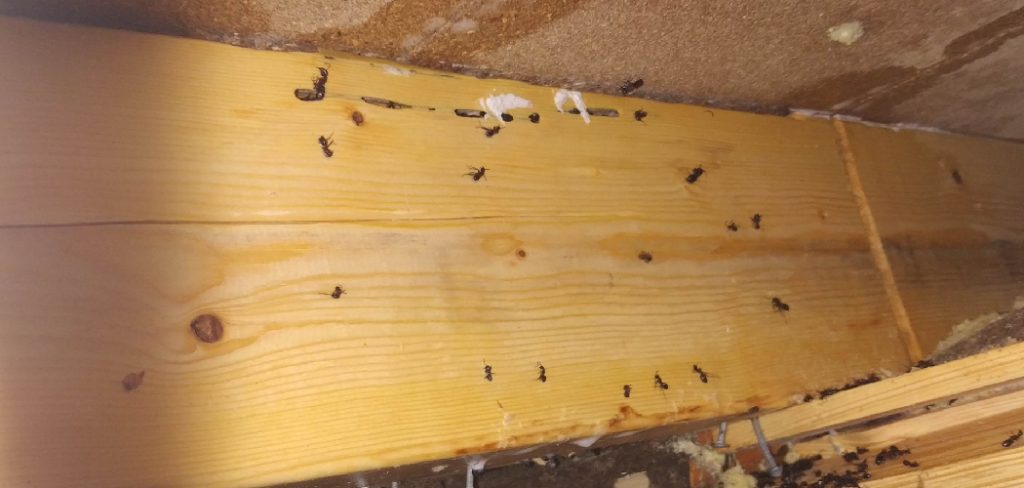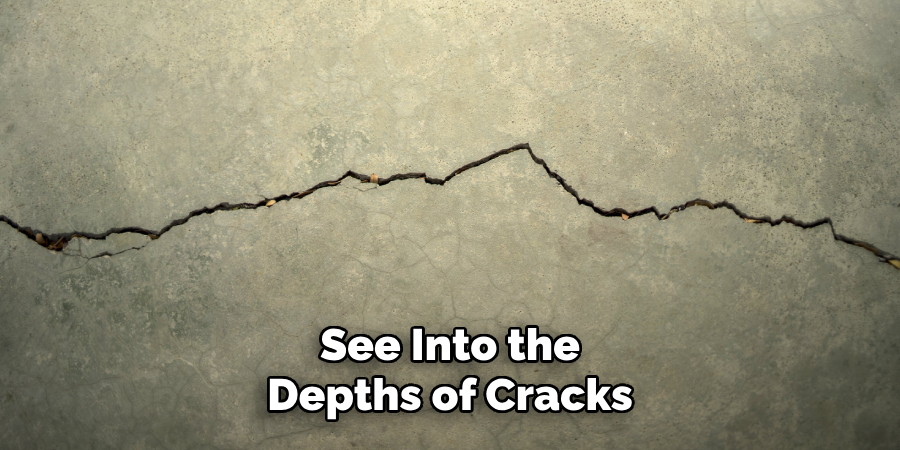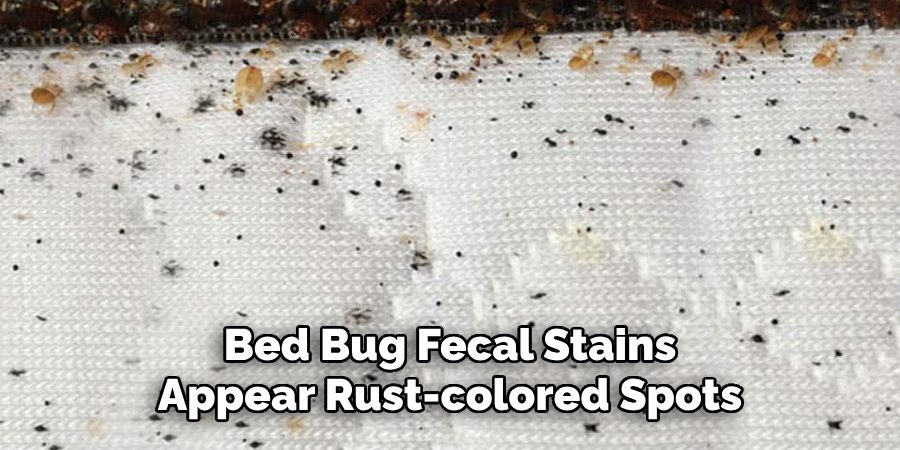Imagine finding the perfect piece of wood furniture at a yard sale or online marketplace. It’s rustic, charming, and fits perfectly in your home. But before you bring it inside, there’s one crucial step you shouldn’t ignore—checking for bed bugs.

These tiny pests can turn your dream find into a nightmare. This comprehensive guide will teach you how to check wood furniture for bed bugs effectively. By the end of this post, you’ll be well-equipped to safeguard your home from these unwelcome invaders.
Why Bed Bugs Love Wood Furniture
Understanding Bed Bug Behavior
Bed bugs are small, reddish-brown insects that feed on human blood. They prefer to live close to their food source, which means they’re often found in bedrooms. However, they can also infest other areas of your home, especially where wood furniture is present. The tiny cracks and crevices in wood offer ideal hiding spots for these pests.
Why Wood Furniture is a Target
Wood furniture, especially used or antique pieces, can be a hotspot for bed bug infestations. The intricate designs and numerous hiding spots make it easy for bed bugs to remain undetected. Understanding why wood furniture attracts bed bugs is the first step in learning how to check for them.
The Risks of Ignoring Bed Bugs
Ignoring a potential bed bug infestation in your wood furniture can lead to severe consequences. Apart from itchy bites and skin irritations, bed bugs can cause stress and anxiety. They reproduce quickly, making it difficult to control an infestation once it starts. Thus, thorough inspection is essential.
Tools You’ll Need for How to Check Wood Furniture for Bed Bugs
Magnifying Glass
A magnifying glass can help you spot bed bugs and their eggs, which are often too small to see with the naked eye. The magnification allows you to inspect tiny crevices and joints in your wood furniture more effectively.
Flashlight
A flashlight is essential for illuminating dark corners and hidden spots where bed bugs might reside. A bright, focused beam will help you see into the depths of cracks and grooves in the wood.

Screwdriver
Many bed bugs hide in tight, enclosed spaces. A screwdriver can help you dismantle parts of the furniture to access these hidden areas. Removing drawers, disassembling legs, and opening joints can reveal hidden infestations.
White Sheet or Cloth
Spreading a white sheet or cloth under the furniture while you inspect can help you spot any falling bed bugs or eggs. The contrast makes it easier to identify these tiny pests.
Initial Visual Inspection
Examine the Surface
Start with an initial visual inspection of the wood furniture’s surface. Look for any signs of bed bug activity, such as small, rust-colored stains, which are bed bug excrement. Also, keep an eye out for shed skins or eggs.
Check Joints and Seams
Bed bugs love to hide in the joints and seams of wood furniture. Use your magnifying glass and flashlight to inspect these areas closely. Pay special attention to any small gaps or cracks where bed bugs could be hiding.
Inspect Undersides and Hidden Areas
Flip the furniture over and check the undersides and other hidden areas. Bed bugs often hide in places that are less likely to be disturbed. Look for signs of infestation in screw holes, recesses, and other concealed spots.
Using a Flashlight for Better Visibility
Shining Light on Suspected Areas
Shine your flashlight on suspected areas to get a better view of any signs of bed bugs. The light can reveal bed bugs, eggs, or excrement that might be hidden in the shadows.

Illuminating Crevices and Cracks
Focus the beam of your flashlight into crevices and cracks where bed bugs might be hiding. The bright light can help you see into the depths of these narrow spaces, making it easier to spot any pests.
Double-Checking Dark Spots
Go over dark spots multiple times with your flashlight. Bed bugs are experts at hiding, so a thorough inspection is necessary. Repeatedly illuminating these areas increases your chances of finding any hidden bed bugs.
Disassembling Parts for Thorough Inspection
Removing Drawers and Components
Remove drawers, shelves, and other components from the furniture. Bed bugs often hide in these enclosed spaces, and removing them can reveal hidden infestations. Use your screwdriver to disassemble any parts that can be taken apart.
Checking Inside Joints
After disassembling, inspect the inside of joints and other enclosed spaces. These areas are prime hiding spots for bed bugs. Use your magnifying glass and flashlight to examine these spots closely.
Reassembling After Inspection
Once you’ve completed your inspection, reassemble the furniture carefully. Ensure that all screws and components are securely fastened. If you’ve found any signs of bed bugs, take steps to treat the infestation before reassembling.
Identifying Bed Bug Signs
Live Bed Bugs
Look for live bed bugs during your inspection. They are typically small, flat, and reddish-brown. Adult bed bugs are about the size of an apple seed, while nymphs (young bed bugs) are smaller and lighter in color.
Eggs and Shells
Bed bug eggs are tiny, white, and oval-shaped. They are often found in clusters and can be challenging to see without a magnifying glass. Also, look for shed skins or shells, which are left behind as bed bugs grow.
Fecal Stains
Bed bug fecal stains appear as small, rust-colored spots. These stains are usually found near hiding spots, such as cracks and crevices. The stains are a sure sign of bed bug activity.

Using Heat Treatments
Applying Heat to Furniture
Heat treatment is an effective way to eliminate bed bugs from wood furniture. Apply heat to the furniture using a portable heater or steam cleaner. The high temperatures can kill bed bugs and their eggs.
Ensuring Safe Heat Levels
Ensure that the heat levels are safe for your furniture. Excessive heat can damage wood, so it’s essential to monitor the temperature carefully. Aim for a temperature of around 120°F to 140°F, which is sufficient to kill bed bugs without damaging the furniture.
Post-Treatment Inspection
After applying heat, conduct a post-treatment inspection. Check for any remaining signs of bed bugs to ensure the treatment was successful. Repeat the process if necessary to eliminate all pests.
Chemical Treatments and Precautions
Using Insecticides Safely
If you prefer chemical treatments, choose insecticides that are safe for use on wood furniture. Follow the manufacturer’s instructions carefully to avoid damaging the furniture or causing harm to yourself and others.
Applying Residual Treatments
Apply residual treatments to areas where bed bugs are likely to hide. Residual treatments continue to kill bed bugs over time, providing long-lasting protection. Ensure that the chemicals penetrate cracks and crevices for maximum effectiveness.
Ventilating Treated Areas
After applying chemical treatments, ventilate the treated areas thoroughly. Open windows and use fans to circulate air and remove any lingering chemical fumes. Proper ventilation ensures a safe environment for you and your family.

Preventing Future Infestations
Regular Inspections
Regular inspections are crucial for preventing future infestations. Check your wood furniture periodically for signs of bed bugs. Early detection can help you address any issues before they become severe.
Using Protective Covers
Use protective covers on your wood furniture to prevent bed bugs from infesting. These covers create a barrier that bed bugs cannot penetrate, reducing the risk of infestation. Choose covers that are specifically designed for bed bug protection.
Monitoring and Maintenance
Monitor your furniture regularly and perform routine maintenance. Keep the furniture clean and free of clutter, as bed bugs thrive in dirty, cluttered environments. Regular maintenance helps keep your furniture in good condition and reduces the risk of infestation.
The Role of Professional Pest Control
When to Call a Professional
While DIY methods can be effective, there are times when professional pest control is necessary. If you have a severe infestation or are unsure how to proceed, contact a professional exterminator.
Choosing the Right Service
Choose a reputable pest control service with experience in dealing with bed bugs. Look for companies with positive reviews and professional certifications. A reliable service can provide effective solutions tailored to your specific needs.
Long-Term Solutions
Professional pest control services can offer long-term solutions to prevent future infestations. They can provide ongoing monitoring and maintenance to keep your home bed bug-free. Investing in professional services ensures peace of mind and a pest-free environment.
Conclusion
Checking wood furniture for bed bugs is a critical step in protecting your home and family. By following this guide on how to check wood furniture for bed bugs, you can effectively inspect and treat your furniture, ensuring it’s free from these pesky invaders. Remember, prevention is key. Regular inspections, proper maintenance, and, when necessary, professional help can keep your home bed bug-free. Ready to take the next step in securing your home against bed bugs? Implement these tips today and enjoy your beautiful, bug-free wood furniture.
About the Author
Adrian Green, a lifelong woodworking enthusiast, shares his passion for the craft through The Woodenify Blog. With a foundation built on years of hands-on experience in his father’s woodworking shop, Adrian is dedicated to helping others learn and grow in the world of DIY woodworking. His approach to woodworking combines creativity, practicality, and a deep appreciation for the art of building with your own hands. Through his blog, he inspires individuals of all skill levels to embark on their own woodworking journeys, creating beautiful, functional pieces of furniture and décor.
Professional Focus
- Specializes in DIY woodworking projects, from furniture to home décor.
- Provides step-by-step guides and practical tutorials for woodworkers of all skill levels.
- Dedicated to helping readers build confidence and skill through easy-to-follow instructions and tips.
- Passionate about fostering a community of makers who can share, learn, and grow together.
Education History
- University of Craft and Design – Bachelor of Fine Arts (BFA) in Woodworking and Furniture Design
- Woodworking Apprenticeships – Extensive hands-on training with skilled craftsmen to refine carpentry and furniture making techniques.
- Online Courses & Masterclasses – Continued education in advanced woodworking techniques, design principles, and specialized tools
Expertise:
- DIY woodworking, carpentry, furniture making, and home décor projects.
- Creating accessible tutorials and guides for beginner to advanced woodworkers.
- Sharing the joys and satisfaction of woodworking, from raw materials to finished products.
